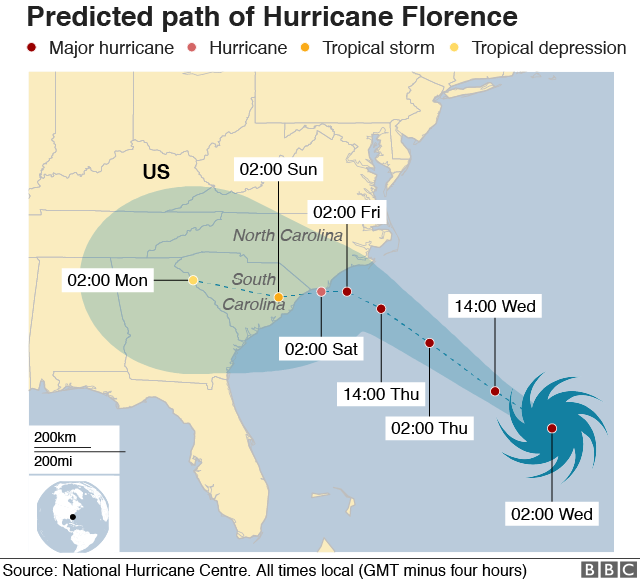

Although the maximum sustained winds have fallen, they are not expected to weaken further and the forward speed of the hurricane is also dropping, meaning it could linger near the coastline through to Saturday,
This means that torrential rainfall could last for significant periods and cause catastrophic flooding, including in inland areas such as Alabama, Tennessee, Kentucky and West Virginia.
North Carolina Governor Roy Cooper said: “The time to prepare is almost over, Disaster is at the doorstep and it’s coming in.”
Up to 1.7 million people have been ordered to evacuate across South Carolina, North Carolina and Virginia.
Some 5.25 million people are under hurricane warning or watch, and another 4.9 million people are under storm warning or watch, Associated Press reported.
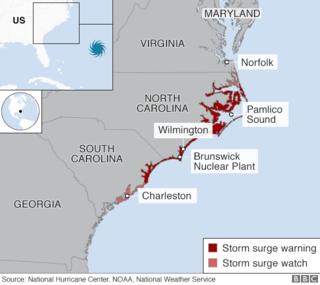
“I can’t emphasise enough the potential for unbelievable damage from wind, storm surge and inland flooding with this storm.”
Jeff Byard, of the Federal Emergency Management Agency, said: “This is going to be a Mike Tyson punch to the Carolina coast.”
Reality Check: Are hurricanes getting worse?
Florence could wreak more than $170bn (£130bn) of havoc and damage nearly 759,000 homes and businesses, says analytics firm CoreLogic.

Ask a question
Share this chatbot.

Energy companies warned Florence could knock out power in some areas for weeks
Waves 83ft (25m) tall were recorded at sea on Wednesday morning.
European astronaut Alexander Gerst shared images of Florence’s eye wall from space, calling the storm a “no-kidding nightmare”.
Ever stared down the gaping eye of a category 4 hurricane? It’s chilling, even from space. #HurricaneFlorence #Horizons https://t.co/RdDmGgduou pic.twitter.com/2TlMghY4OL
— Alexander Gerst (@Astro_Alex) September 12, 2018
End of Twitter post by @Astro_Alex

But while many coastal residents have complied with mandatory evacuation orders, others are boarding up their homes and vowing to ride out the storm.
Delicatessen owner in Wilmington, Brad Corpening, told Reuters he would stay, saying: “I’m not approaching Florence from fear or panic. It’s going to happen. We just need to figure out how to make it through.”
 Image copyright AFP Image caption Myrtle Beach in South Carolina. Some are shuttering up, some are riding it out
Image copyright AFP Image caption Myrtle Beach in South Carolina. Some are shuttering up, some are riding it out
Restaurant owner in the town, Solange Iliou Thompson, told Agence France-Presse: “I’m staying. The building’s solid and Buddha will protect us.
“What can you do? You can’t stop Mother Nature.”
Hurricanes
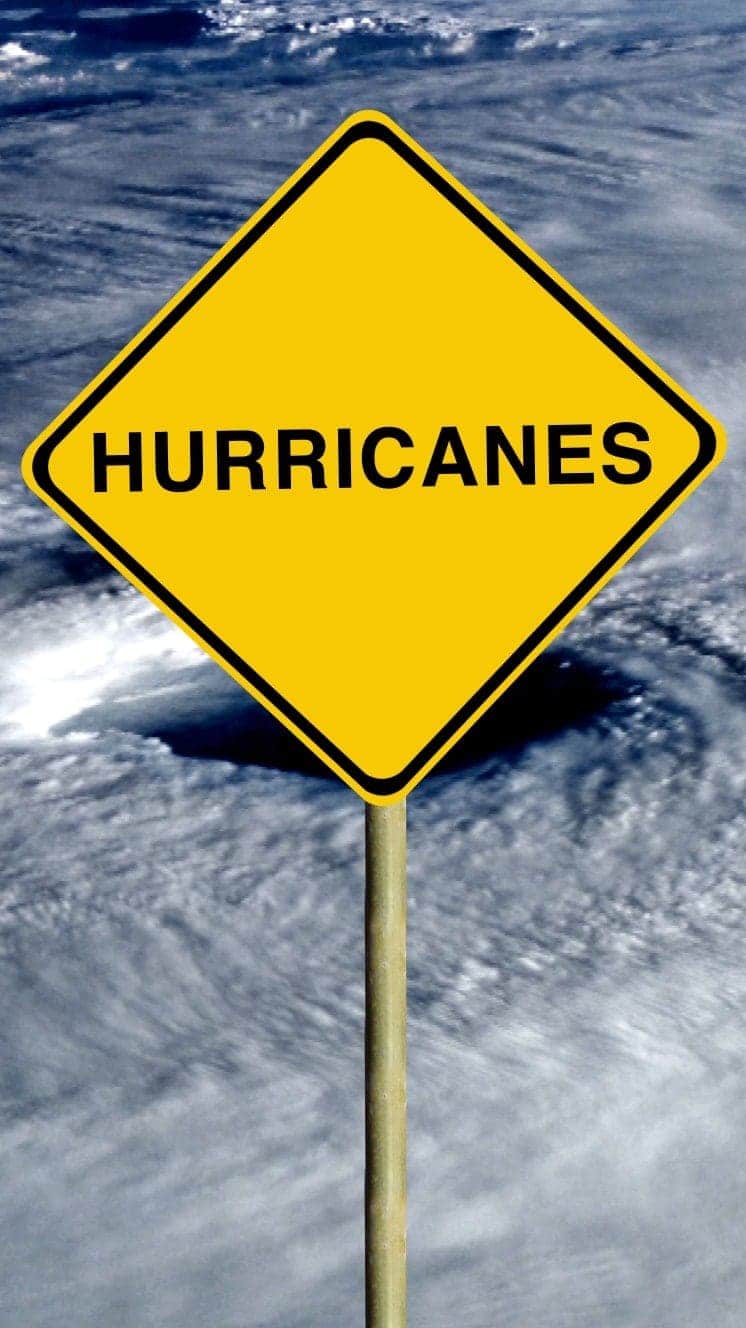
A guide to the world’s deadliest storms
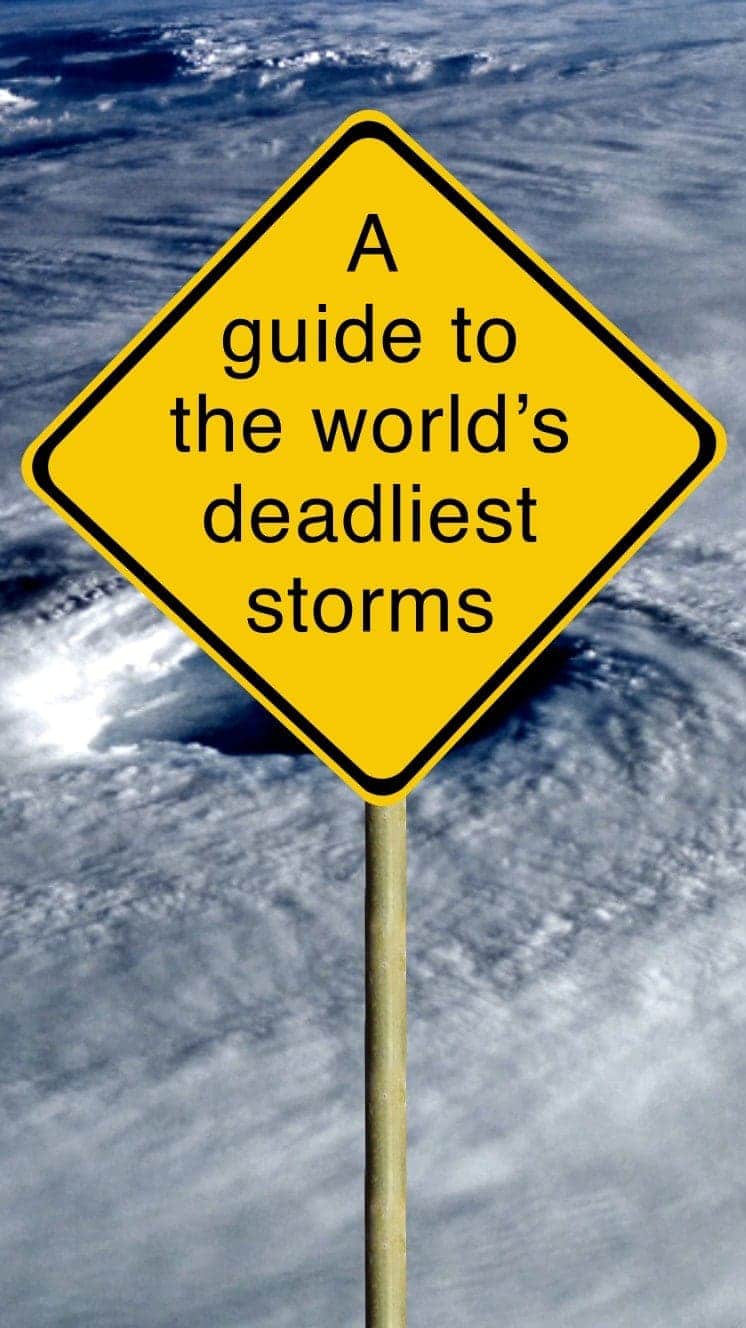
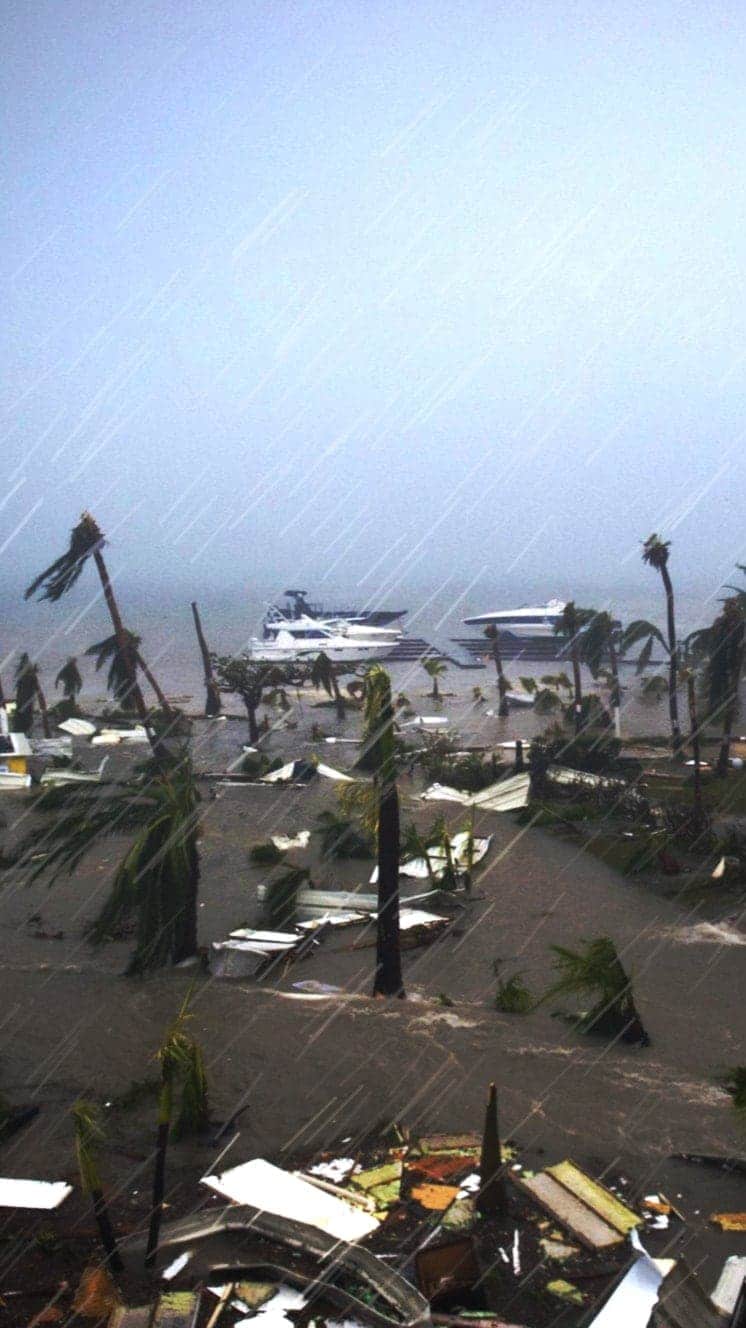
Hurricanes are violent storms that can bring devastation to coastal areas, threatening lives, homes and businesses.
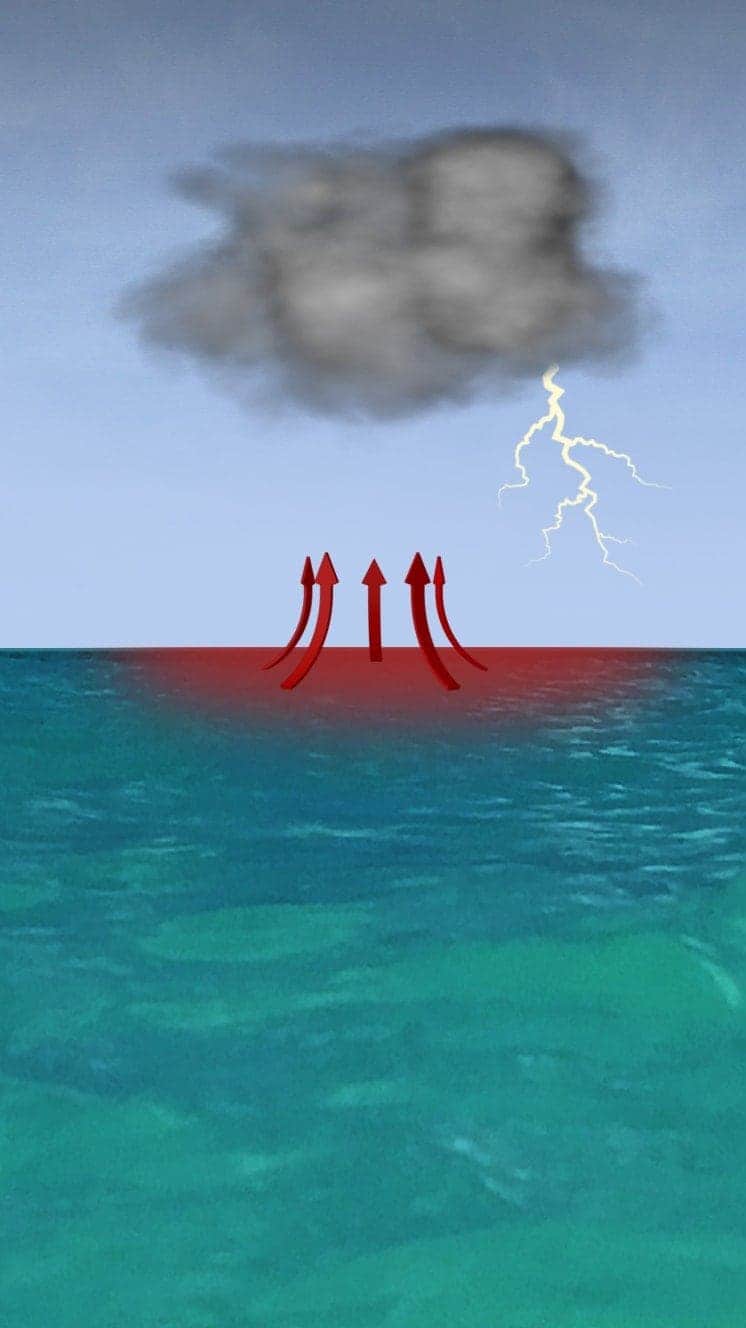
Hurricanes develop from thunderstorms, fuelled by warm, moist air as they cross sub-tropical waters.
Warm air rises into the storm.
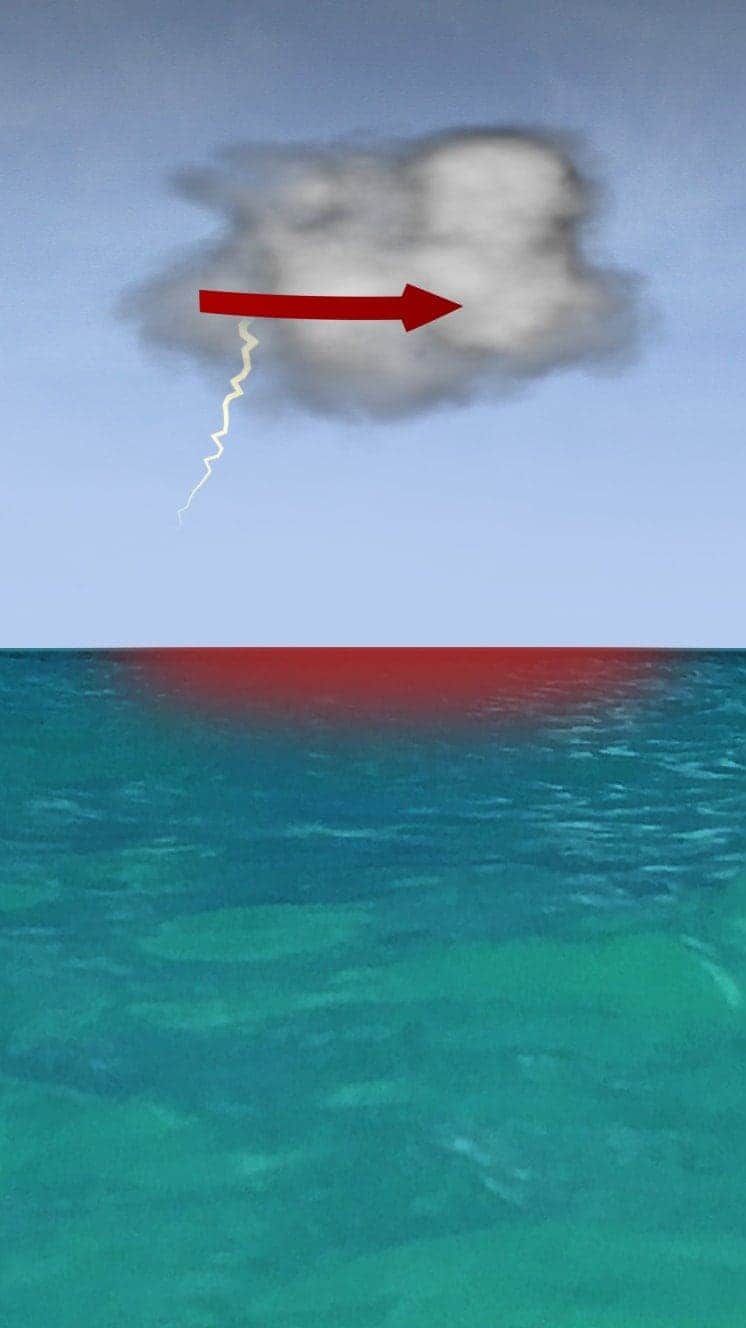
Air swirls in to fill the low pressure in the storm, sucking air in and upwards, reinforcing the low pressure.
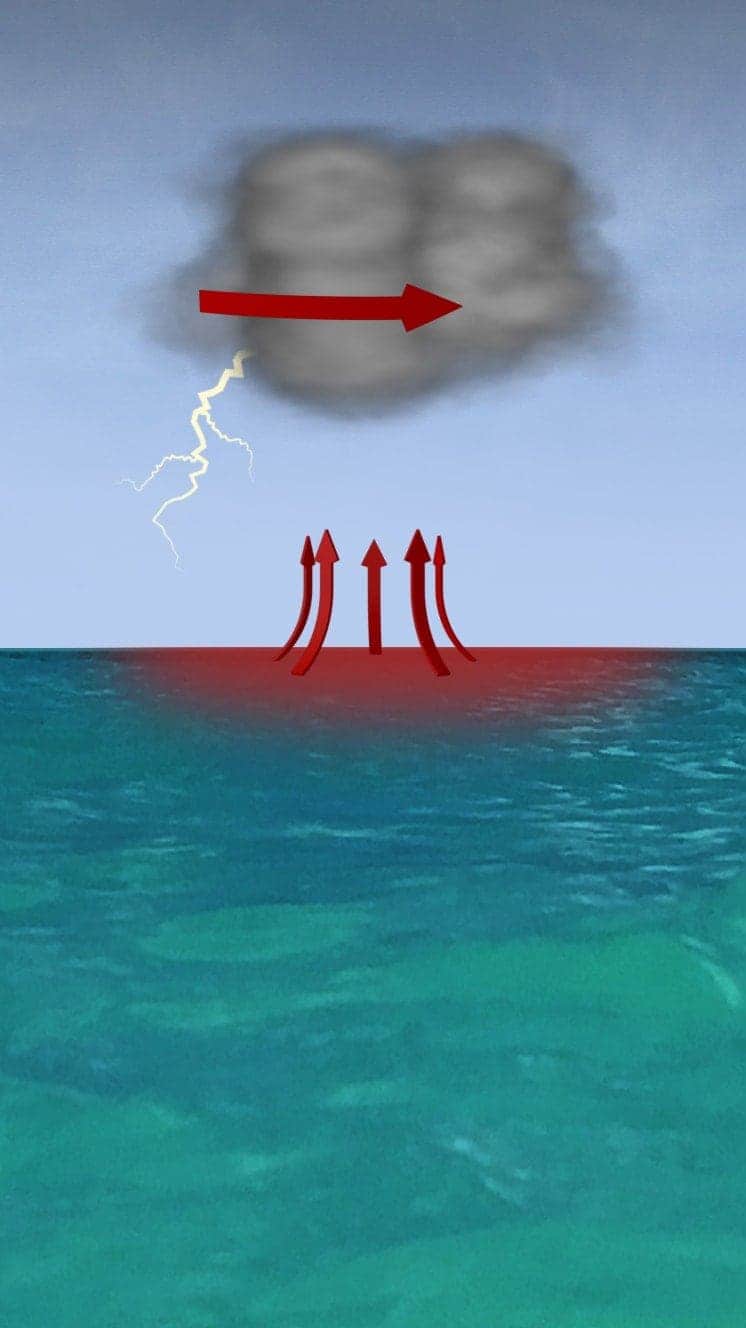
The storm rotates due to the spin of the earth and energy from the warm ocean increases wind speeds as it builds.
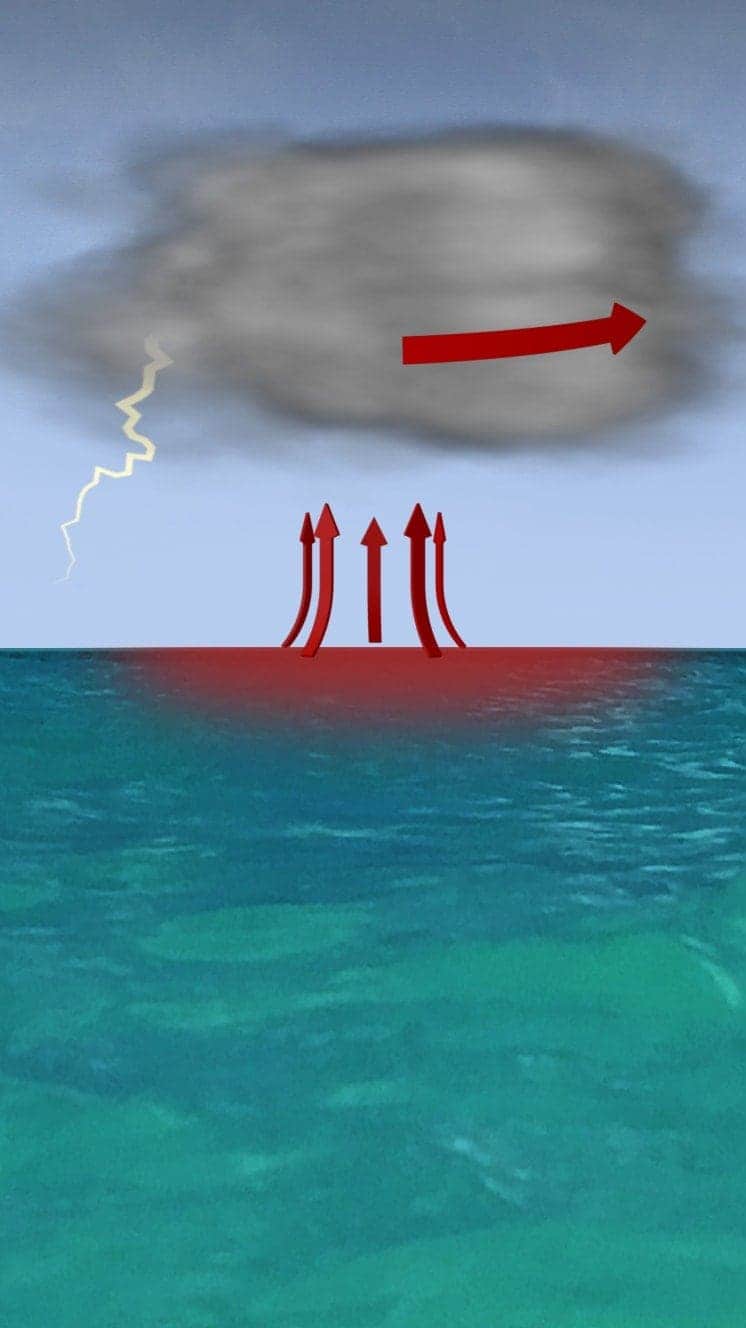
When winds reach 119km/h (74mph), it is known as a hurricane – in the Atlantic and Eastern Pacific – or a typhoon in the Western Pacific.

“Everybody has a plan until they get punched in the face. Well, we’re about to get punched in the face.”
Florida Mayor Bob Buckhorn, ahead of Hurricane Irma (2017)


The central eye of calmer weather is surrounded by a wall of rainstorms.
This eyewall has the fastest winds below it and violent currents of air rising through it.
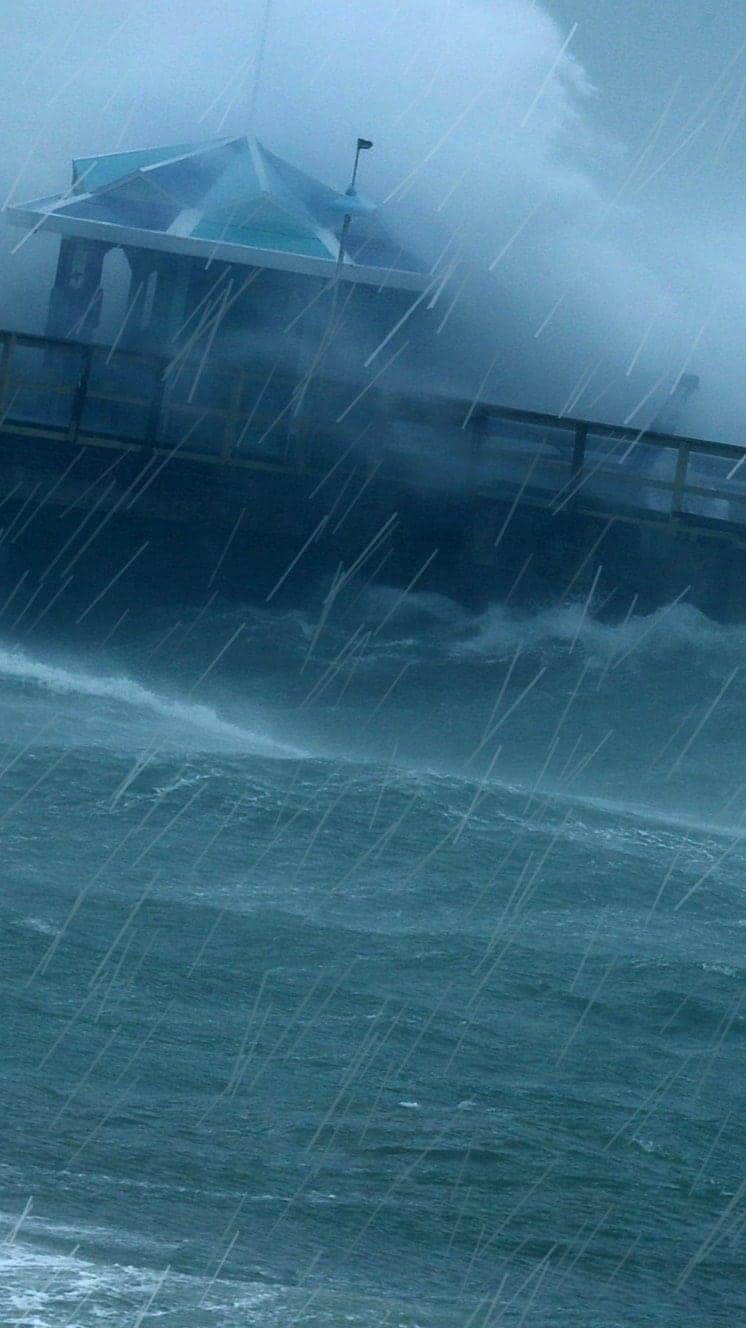
A mound of water piles up below the eye which is unleashed as the storm reaches land.
These storm surges can cause more damage from flooding than the winds.
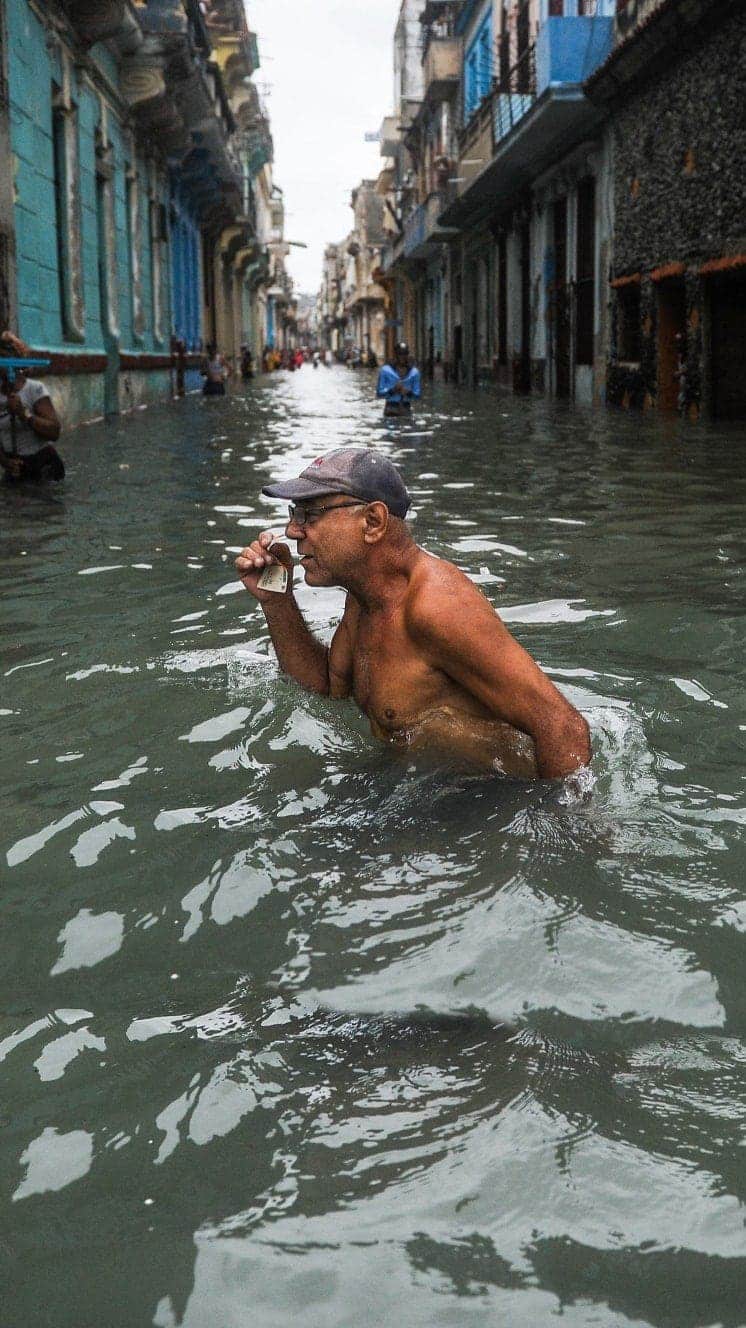
“Urgent warning about the rapid rise of water on the SW FL coast with the passage of #Irma’s eye. MOVE AWAY FROM THE WATER!”
Tweet from the National Hurricane Center
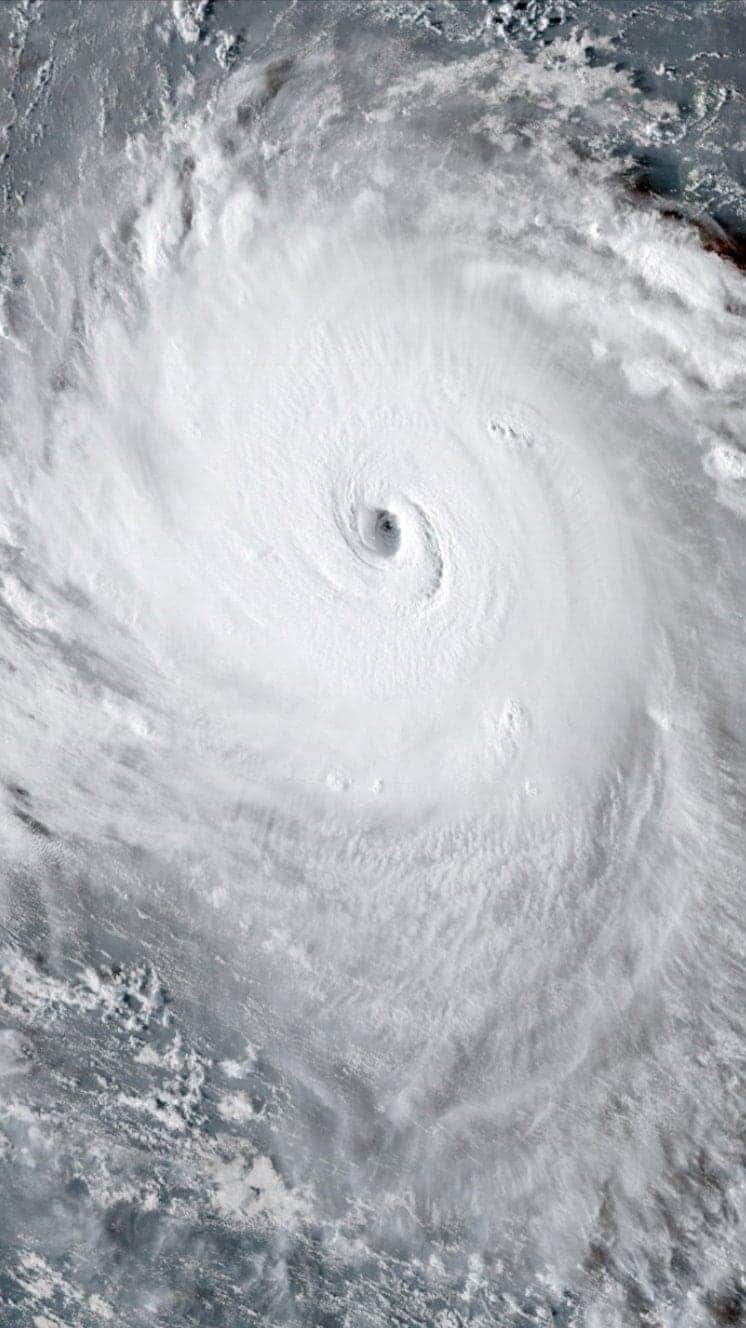
The size of hurricanes is mainly measured by the Saffir-Simpson scale – other scales are used in Asia Pacific and Australia.
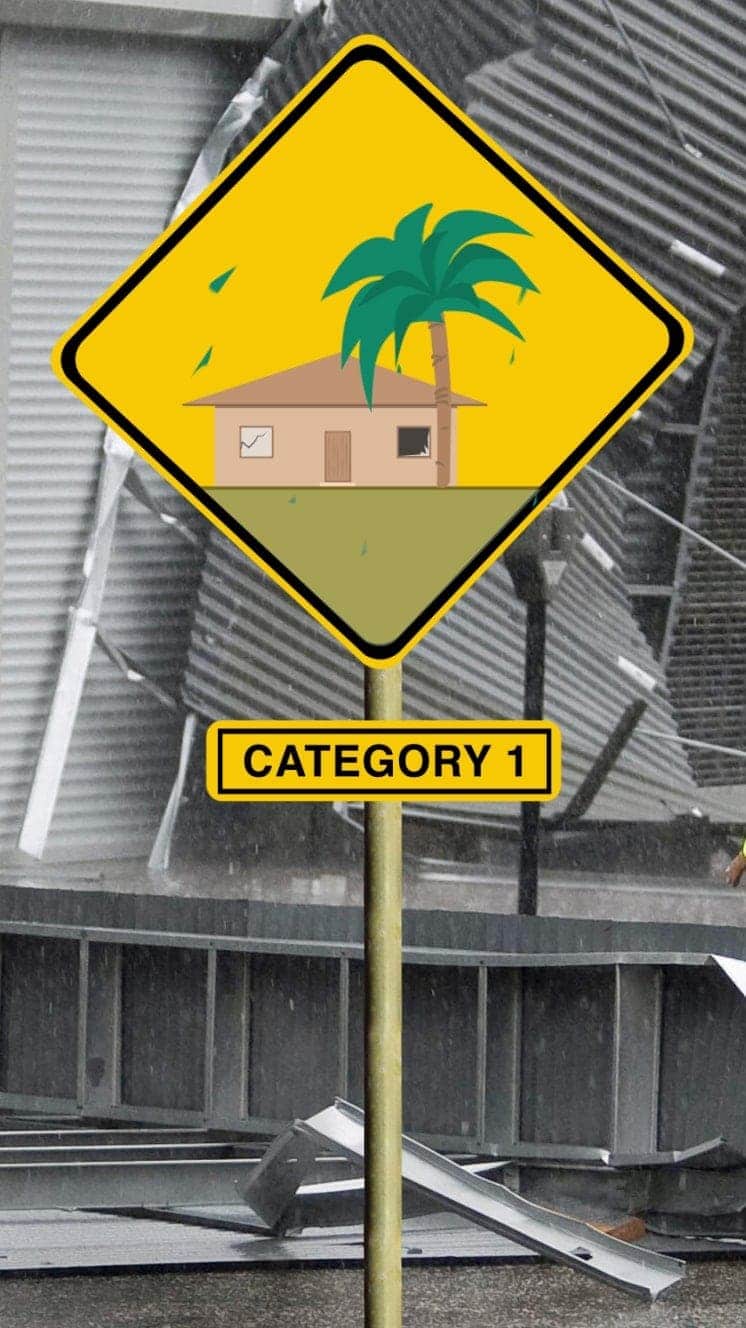
Winds 119-153km/h
Some minor flooding, little structural damage.
Storm surge +1.2m-1.5m
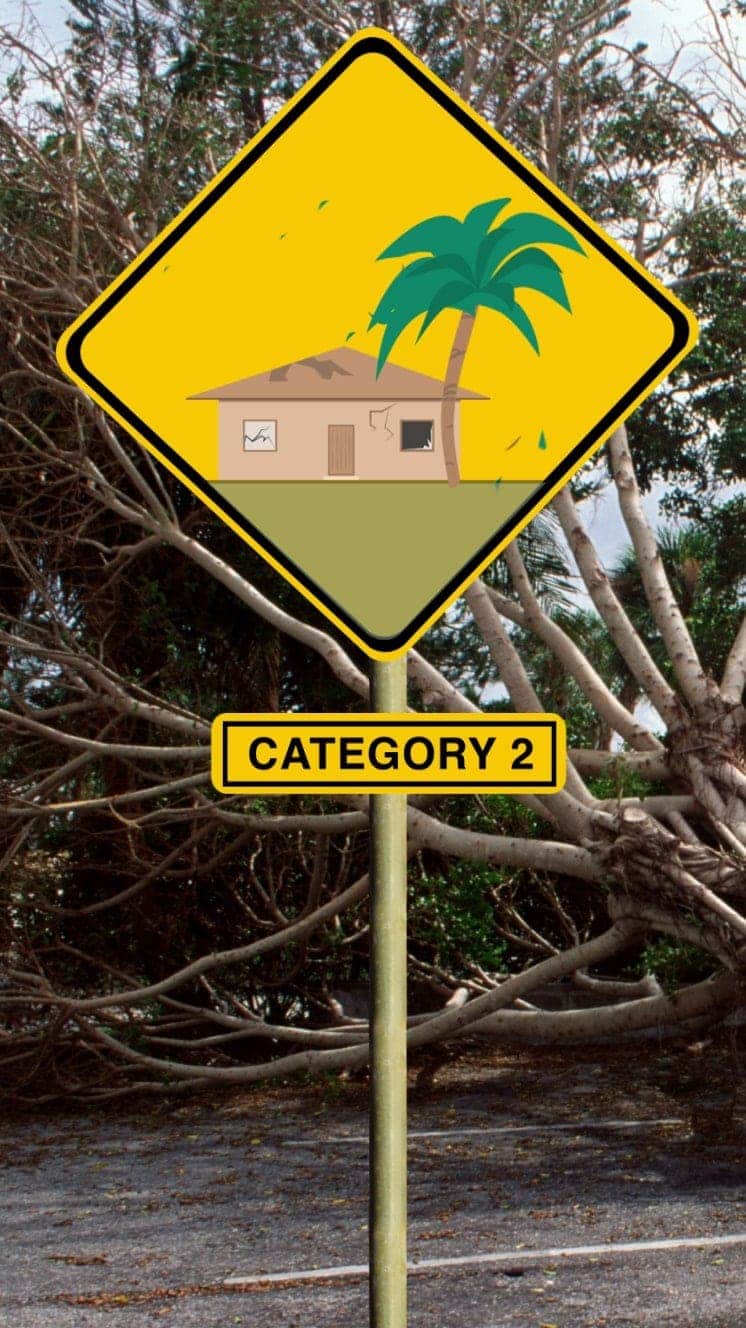
Winds 154-177km/h
Roofs and trees could be damaged.
Storm surge +1.8m-2.4m
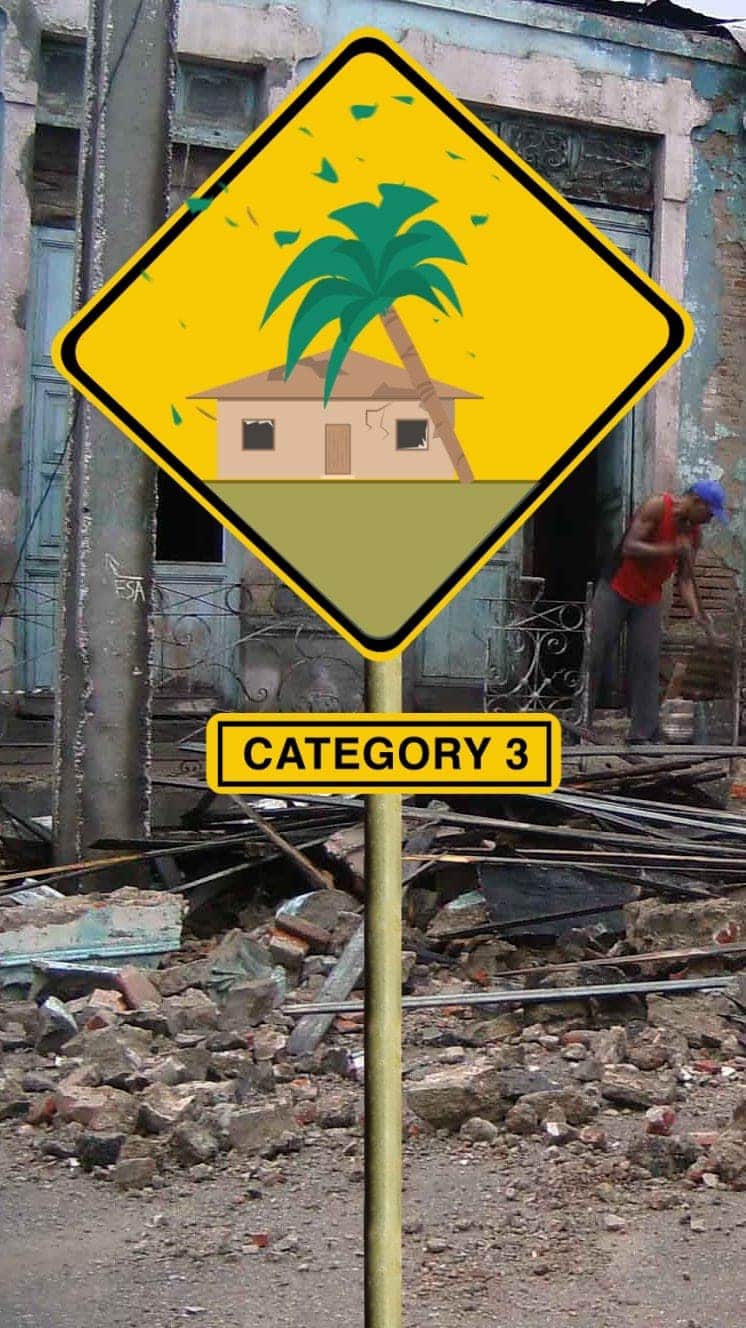
Winds 178-208km/h
Houses suffer damage, severe flooding
Storm surge +2.7m-3.7m
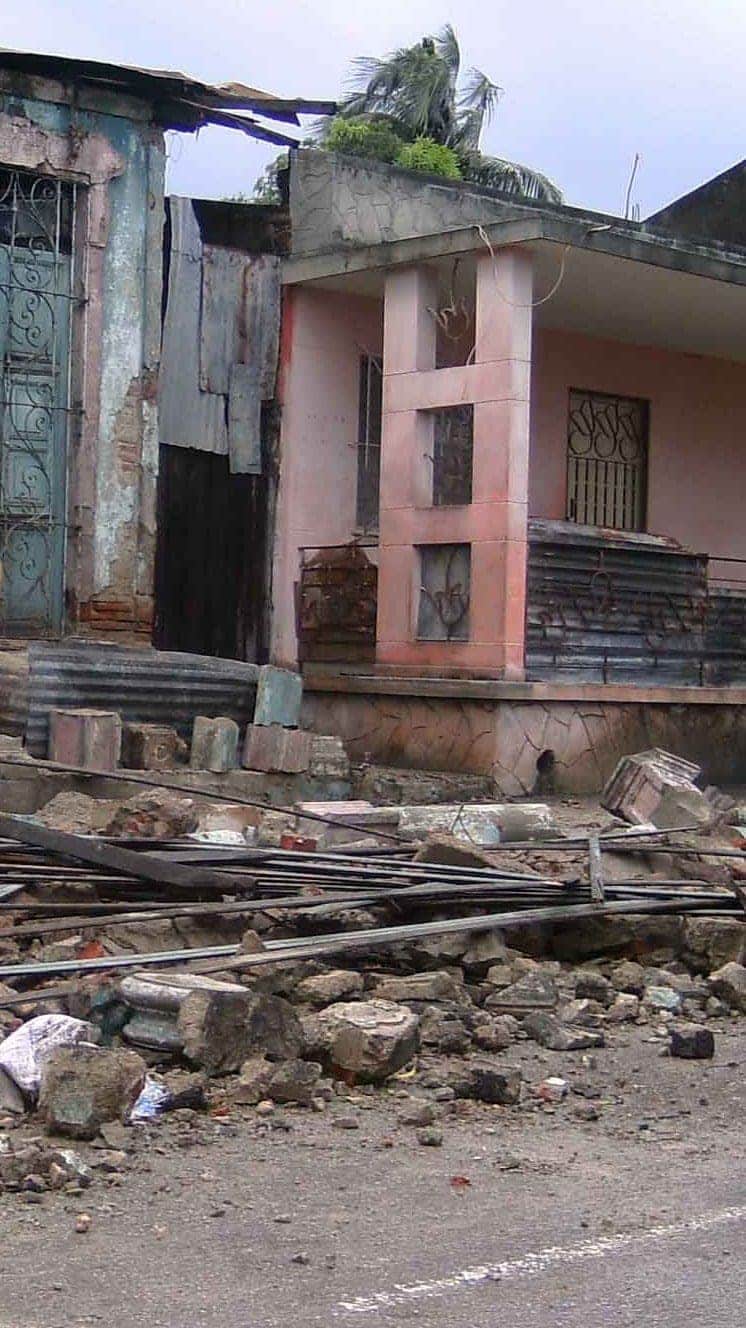
Hurricane Sandy (2012) caused $71bn damage in the Caribbean and New York
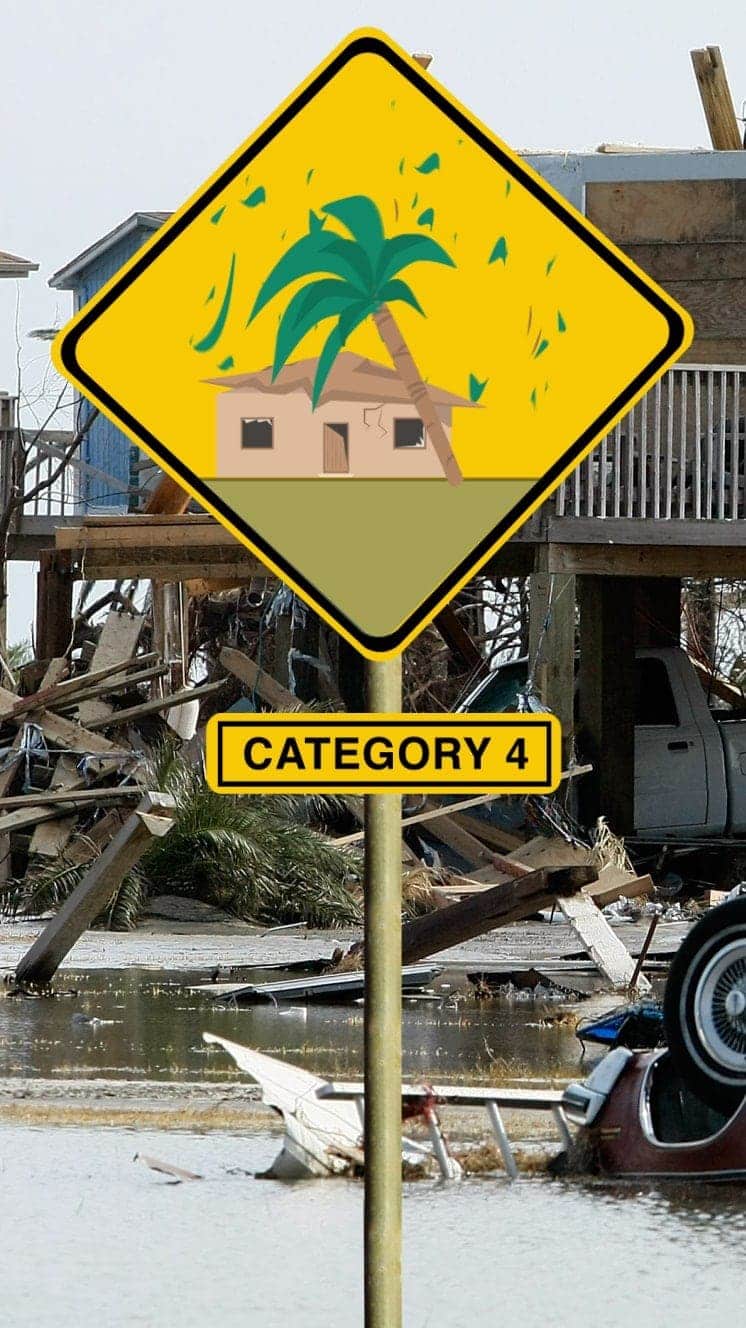
Winds 209-251km/h
Some roofs destroyed and major structural damage to houses.
Storm surge +4m-5.5m
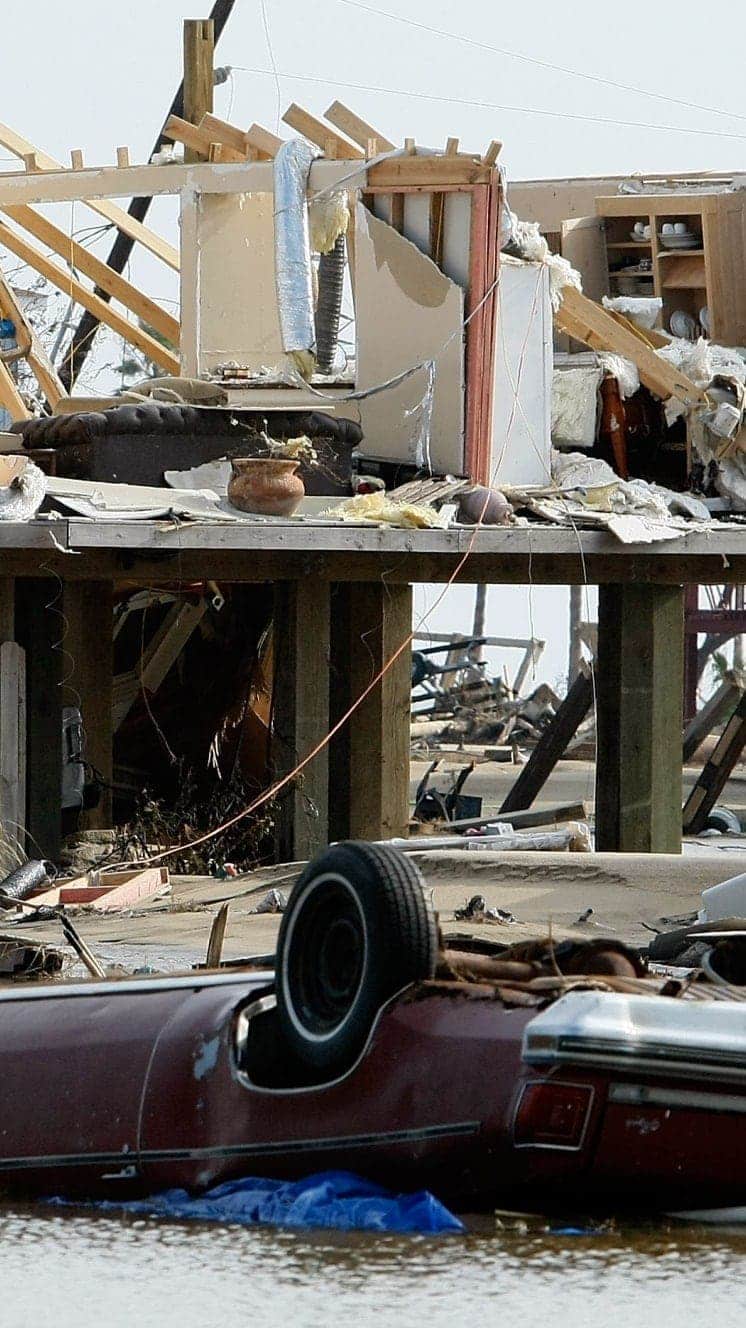
Hurricane Ike (2008) hit Caribbean islands and Louisiana and was blamed for at least 195 deaths
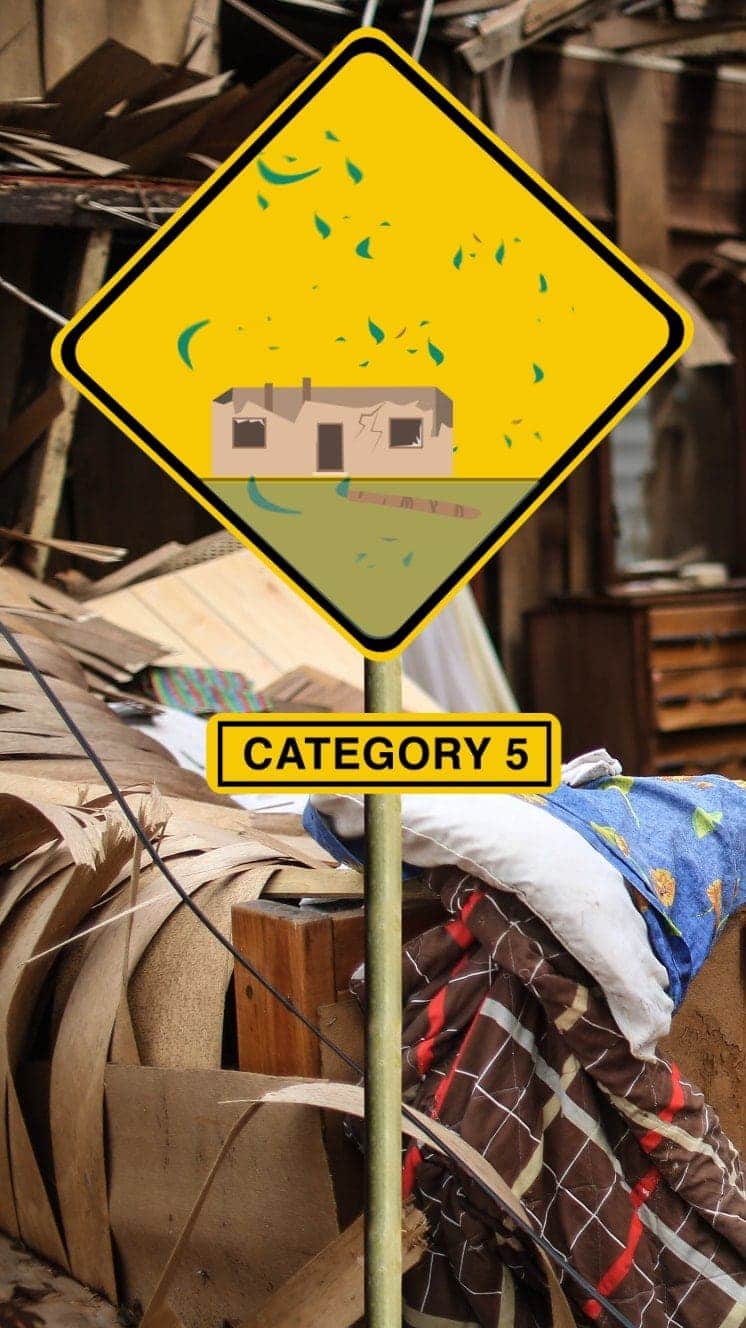
Winds 252km/h+
Serious damage to buildings, severe flooding further inland.
Storm surge +5.5m

Hurricane Irma (2017) caused devastation in Caribbean islands, leaving thousands homeless

“For everyone thinking they can ride this storm out, I have news for you: that will be one of the biggest mistakes you can make in your life.”
Mayor of New Orleans Ray Nagin ahead of Hurricane Gustav, 2008


Are you in the area? How are you preparing for the hurricanes? Let us know by emailing haveyoursay@bbc.co.uk.
Please include a contact number if you are willing to speak to a BBC journalist. You can also contact us in the following ways:
WhatsApp: +447555 173285 Tweet: @BBC_HaveYourSay Send pictures/video to yourpics@bbc.co.uk Upload your pictures/video here Send an SMS or MMS to 61124 or +44 7624 800 100 Please read our terms and conditions and privacy policy






